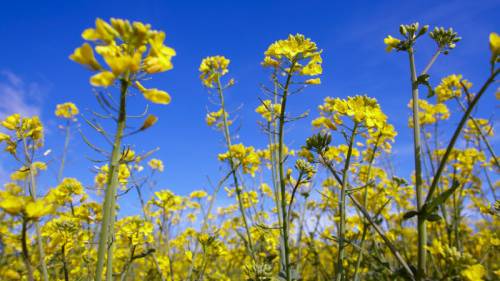Syngenta Acquires Italian Seed Company PSB

PSB is known for its durum wheat which is commonly used in pasta . Photo credit: Flickr user Andreanna Moya Photography, Creative Commons license.
Syngenta announced on Monday the acquisition of Italian seed company Società Produttori Sementi (PSB).
According to a press release, the acquisition will allow Syngenta to more fully exploit the specialized knowledge that PSB has developed over the course of more than 100 years in business. Syngenta will now have access to PSB facilities and 330,000 hectares on which to grow durum wheat, common wheat and alfalfa while maintaining and continuing to promote the PSB brand.
“Its unrivalled durum wheat-breeding expertise and its links to the food industry will be complemented by Syngenta’s leading-edge cereals R&D and global presence. Together we will accelerate innovation in high-quality durum wheat production, helping more growers prosper in the competitive Italian market as well as supporting international expansion,” said John Atkin, Syngenta chief operating officer.
Headquartered in Argelato, Bologna, PSB’s strongest focus is on durum wheat, also known as macaroni wheat, which is rich in gluten and protein and commonly used for pasta. PSB’s initiative called From Seed to Pasta aims to breed high yield wheat specifically for use in pasta. The project focusses on mycotoxins content, dietary functionality and agricultural sustainability through genetics and genomics, breeding and agronomic techniques and food quality and safety. According to a press release, this will complement Syngenta’s Good Growth Plan for biodiversity.
While durum wheat thrives in the Mediterranean region, North Dakota is the largest U.S. producer of this hard wheat. According to the North Dakota Wheat Commission, after milling, its endosperm is ground down into a substance called semolina which is then mixed with water to form a dough with a prominent yellow color, associated with higher quality pasta. Unique carotenoids in this tetraploid wheat are responsible for its distinctive hue, according to MASWheat, a University of California project funded by the USDA that focuses on modern plant-breeding techniques, specifically marker assisted selection.





